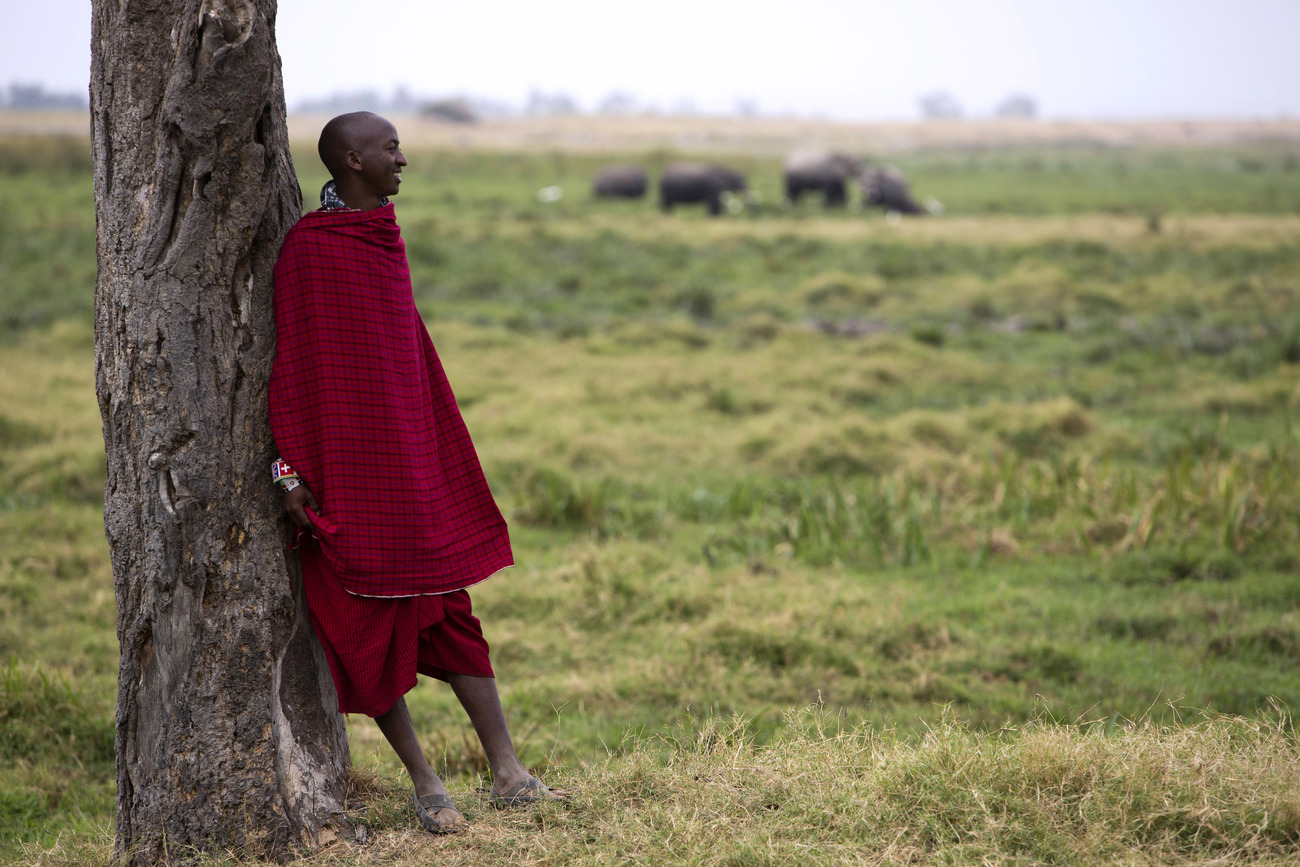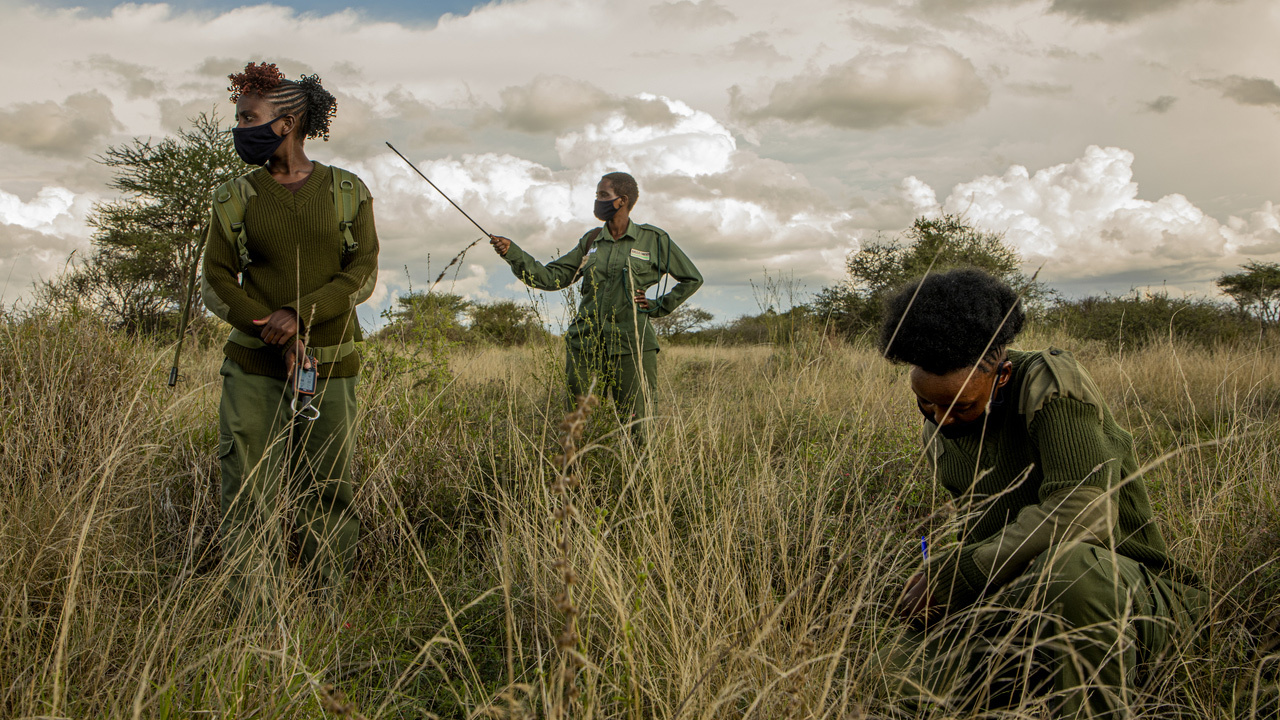Room to Roam
Problem
Animals and people both need space to survive. Yet our world is becoming more crowded in livable spaces due to factors like climate change and fast-growing human populations. This threatens the lives of Africa’s most iconic species, elephants.
If rates of habitat loss and fragmentation due to human development and climate change continue, combined with deaths from poaching, we will lose Africa’s elephants in the next 40 years.
Fewer than 400,000 elephants exist on the African continent today. One third of the entire population is found in Zimbabwe and Kenya. Despite worldwide concern about elephants, their numbers across Africa are still in decline – as much as 8% per year.
Currently, 1.3 billion people live in sub-Saharan Africa. That number is expected to double in the next 40 years.
Pressures are growing in Africa.
Elephant numbers are shrinking.
Elephants once traveled freely across unpopulated lands, following traditional migratory routes to find food and water.
Expanding human developments now break up previously connected habitats – fields of crops and urban sprawl now block centuries-old elephant pathways.
Infrastructure — like roads and railways — becomes a deadly obstacle, cross-cutting and fragmenting important wildlife corridors.
As connections between protected spaces have disappeared, human-elephant conflicts have become more common. Elephants that roam into populated areas in search of food or water pose a threat to the people who live there. Elephants can destroy a community’s livelihood by raiding crops and grain stores, or destroying water supplies — clearly tragic outcomes for the people trying to protect their livelihoods, who sometimes retaliate against the elephants.
Climate change and more frequent extreme weather conditions are causing significant changes to the land.
Protected parks exist across the continent, but lack of connectivity for elephants to move safely between them is a fundamental challenge. More than 60% of elephants live in or migrate into areas outside of formally protected spaces, This makes them vulnerable to all the factors described and to the greatest threat to their survival, poaching.
Now, more than ever, we must find successful ways to co-exist with and protect elephants.
The problems we face are urgent and complicated.
We can act now or face losing the African elephant forever.
Solution
Take bold action for animals.
To protect the African elephant and the people who live alongside them, we are partnering to secure land for safe pathways. We’re on the ground working with governments, communities, land owners and wildlife rangers as part of our most ambitious conservation project.
Please join us.
Together, we can connect protected spaces, beginning in East and Southern Africa, and create the room elephants need to roam. When young elephants are orphaned, we rescue them and local, expert animal caregivers spend years raising the elephants among others in the rescue herd, until they are ready to return to the protected wild spaces. At the same time, we are ensuring communities that share the land with elephants and other animals thrive alongside them.
A transformative gift to the Room to Roam Campaign, will increase the chances for survival of African elephants and other animals — and help animals and people thrive together.
How do we save Africa's elephants? create room to roam.
“By transforming our approach to conservation we can protect African elephants, develop healthy, resilient ecosystems to support communities, and ensure animals and people can truly thrive together. Join us and together we can deliver Room to Roam, transform conservation and strengthen the chance of survival for African elephants.”
Jimmiel Mandima, Vice President - Global Programs
In the news
Connectivity—the way forward for Africa’s savannah elephants
Over 400,000 elephants live and move within Africa’s increasingly fragmented savannah landscapes that sprawl across half the continent. Only 10% of this vast swathe is protected. Savannah regions are also home to half a billion people, frequently leading to high levels of conflict between humans and wildlife, particularly elephants.



We see how things are
and we’re compelled to make them better
With projects in more than 40 countries, we rescue individual animals, act locally to prevent animal cruelty, and campaign for the protection of wildlife and habitats.
See our work